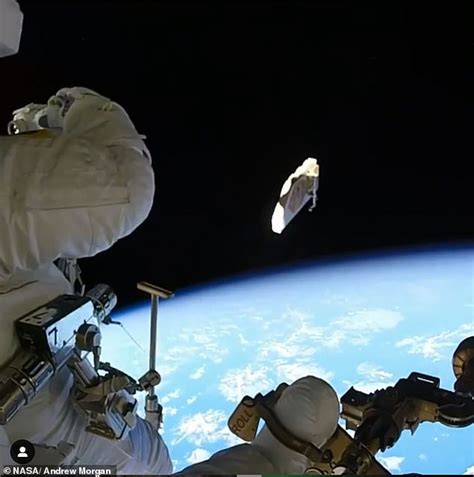The recent incident involving the International Space Station (ISS) serves as a stark reminder of the inherent dangers in our increasingly crowded low-Earth orbit. Astronauts had to seek shelter in available spacecraft, including the Starliner and Soyuz modules, following a satellite breakup that created a new debris field. Such events underscore the growing threat of space debris, often referred to as space junk, and raise critical questions about our preparedness for these risks. With ongoing missions and the proliferation of both commercial and governmental satellites, space agencies worldwide must take note and implement robust safety measures to mitigate these dangers.
One of the most pressing concerns is the potential for a Kessler Syndrome scenario. This phenomenon, named after NASA scientist Donald J. Kessler, describes a cascading chain reaction wherein collisions between objects in orbit create more debris, increasing the likelihood of further collisions and resulting in an exponentially growing debris field. As highlighted by some observers, this can have devastating consequences for the usability of certain orbital altitudes in the future. While this recent incident may seem isolated, it points to a trend that could, if unaddressed, jeopardize not only the safety of crewed missions but also the viability of vital satellite operations, including communication and Earth observation services.
Technical advancements and strategic planning could mitigate these challenges. For instance, spacecraft are designed with various safety features that make them suitable emergency shelters. As pointed out, these features may include maneuvering thrusters, heat shields, and sophisticated landing systems. These attributes are not mere technical trivia; they are life-saving functionalities that provide astronauts with the ability to evacuate spacecraft quickly and return to Earth in case of catastrophic failures. The robustness of these systems was demonstrated when the ISS crew safely exited their shelters following the clearance from Mission Control, resuming normal operations shortly thereafter. One critical takeaway here is the importance of maintaining high operational standards and readiness to counter emergent threats.
Moreover, engineers and policymakers are tasked with developing long-term solutions to the debris issue. One promising avenue lies in improving detection and tracking capabilities. High-powered radars and advanced algorithms can predict potential collisions with greater accuracy, allowing for timely and precise evasive maneuvers. Still, proactive debris removal methods must also be explored. Companies like Starfish Space are pioneering solutions for actively removing space junk from orbit. These initiatives, combined with enhanced international collaboration and regulation, are imperative for ensuring a sustainable space environment.
Another insightful angle to consider is the advancement in material science and spacecraft design. Innovations like Whipple shields, which are layers of lightweight yet robust materials designed to absorb and mitigate the impact of high-velocity debris, are already in use. However, more comprehensive solutions may be necessary. Concepts involving sacrificial shields and aerogels have also been suggested. These would provide an initial barrier to fragment the debris, coupled with secondary layers to catch and neutralize smaller fragments. The challenge lies in the balance between mass, cost, and effectiveness, but ongoing research and development efforts hold promise.
The urgency of addressing space debris cannot be overstated. As exemplified by the grounded Starliner mission, which faced scrutiny over technical issues like thruster failures and helium leaks, the reliance on robust and reliable technology is critical. While NASA and other space agencies emphasize the operational readiness of such spacecraft, the incidents point to the broader necessity for rigorous testing and validation processes. Transparent communication regarding spacecraft capabilities and limitations ensures accountability and continuous improvement, ultimately enhancing astronaut safety and mission success.
In conclusion, the dangers posed by space debris are significant and growing. The ISS incident serves as a timely reminder that while space exploration advances, our approach to orbital safety must evolve concurrently. By adopting a multi-faceted strategy that includes enhanced debris tracking, active removal, innovative material solutions, and transparent international policies, we can safeguard the future of space travel and protect the valuable assets already in orbit.


Leave a Reply